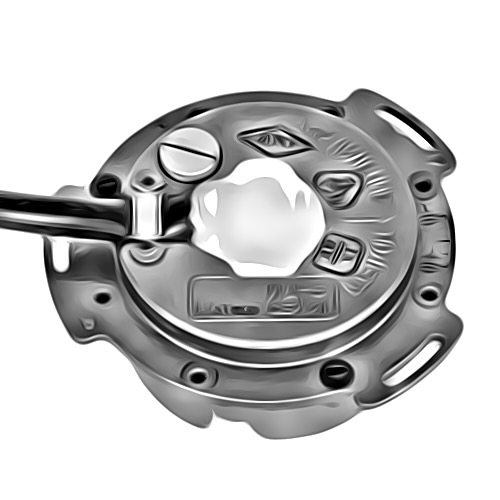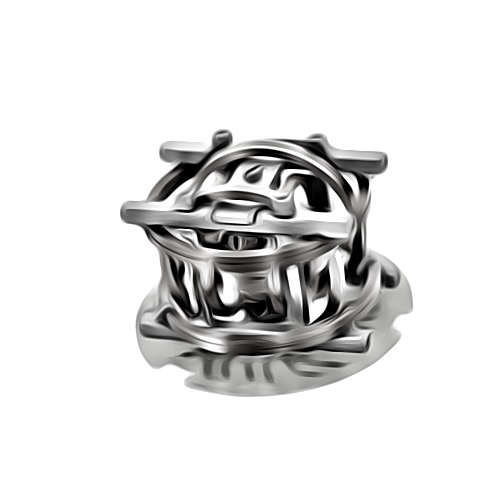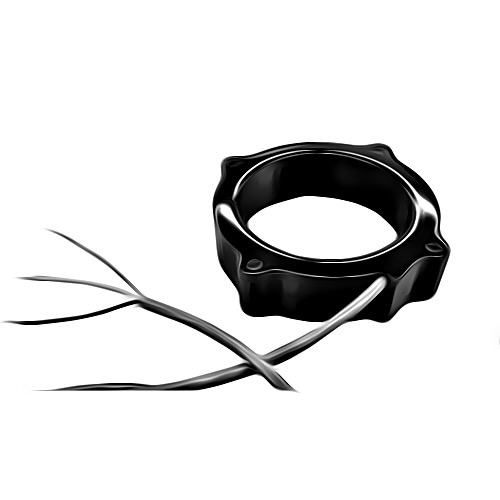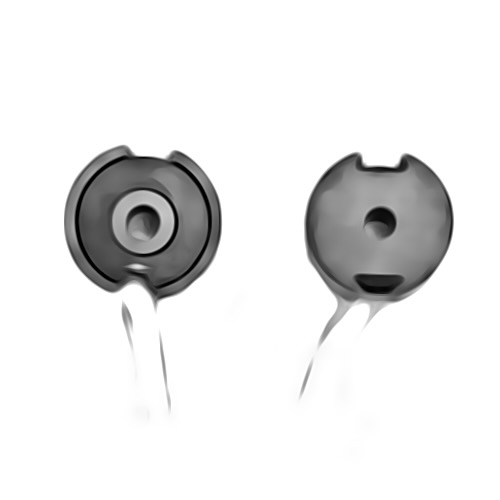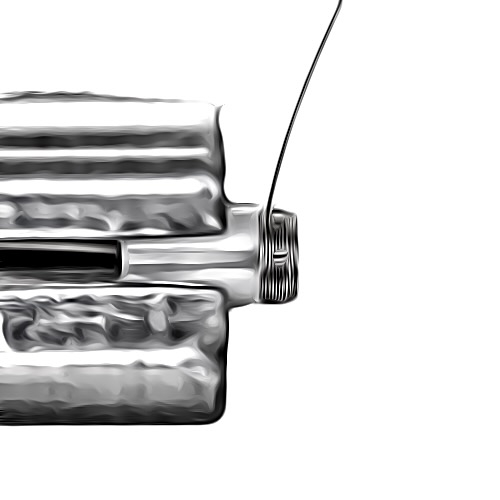A wide range of magnetic sensors can be realized on the basis of magnetic fields. Currents, speeds, conductivities, directions, distances and many other variables can be measured reliably. The Pikatron Group has decades of experience in the field of magnetic sensor technology and can provide support during development, develop completely and, of course, manufacture to a high standard of quality. Magnetic sensors operate without contact (i.e. encapsulation from the surrounding medium is possible) and are wear-free (as there are no moving parts) and robust.









